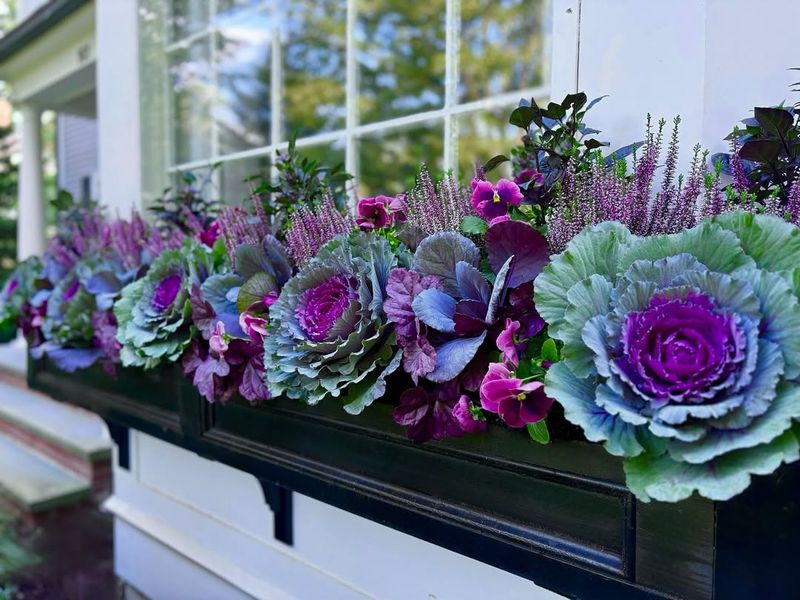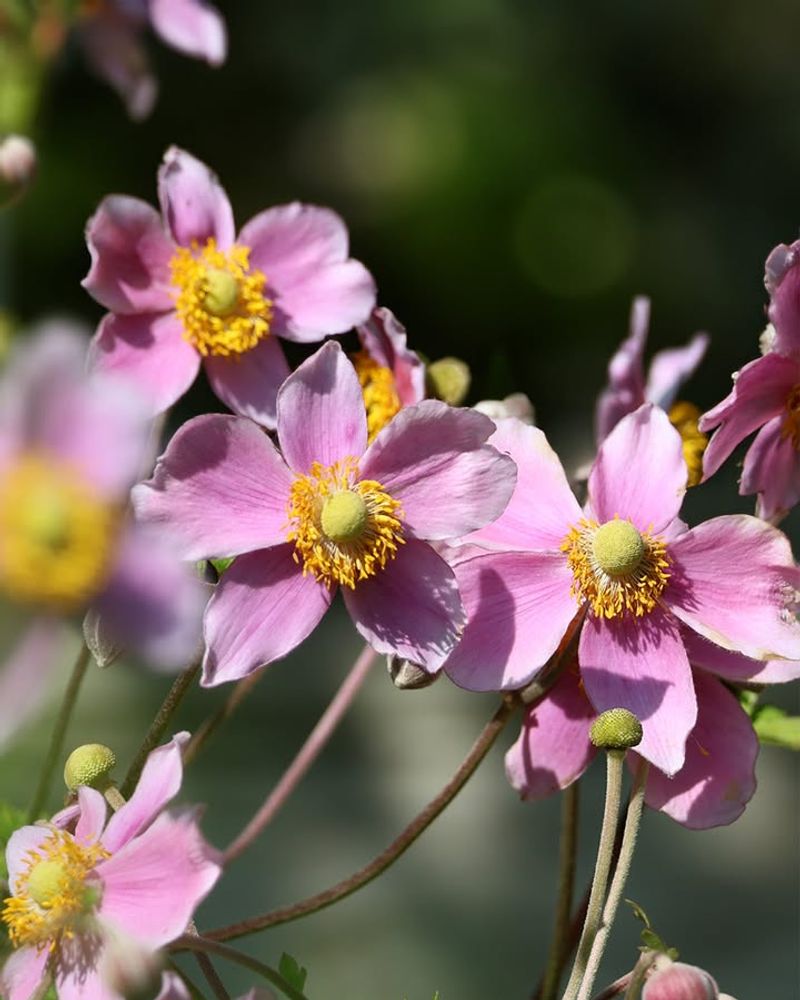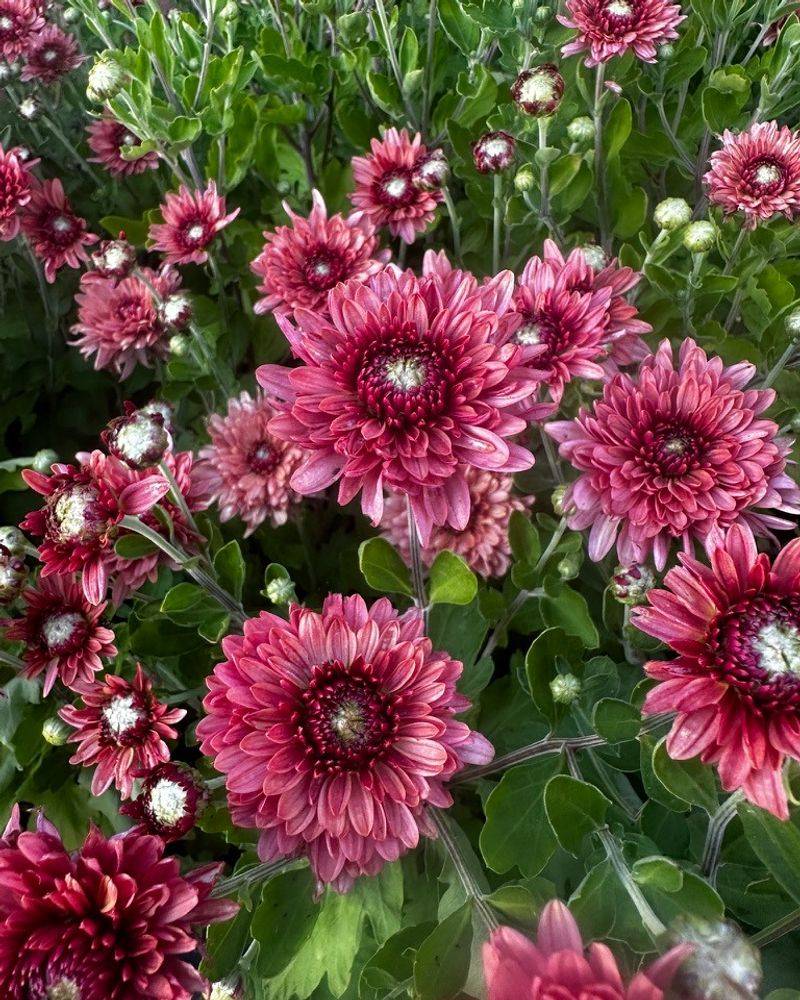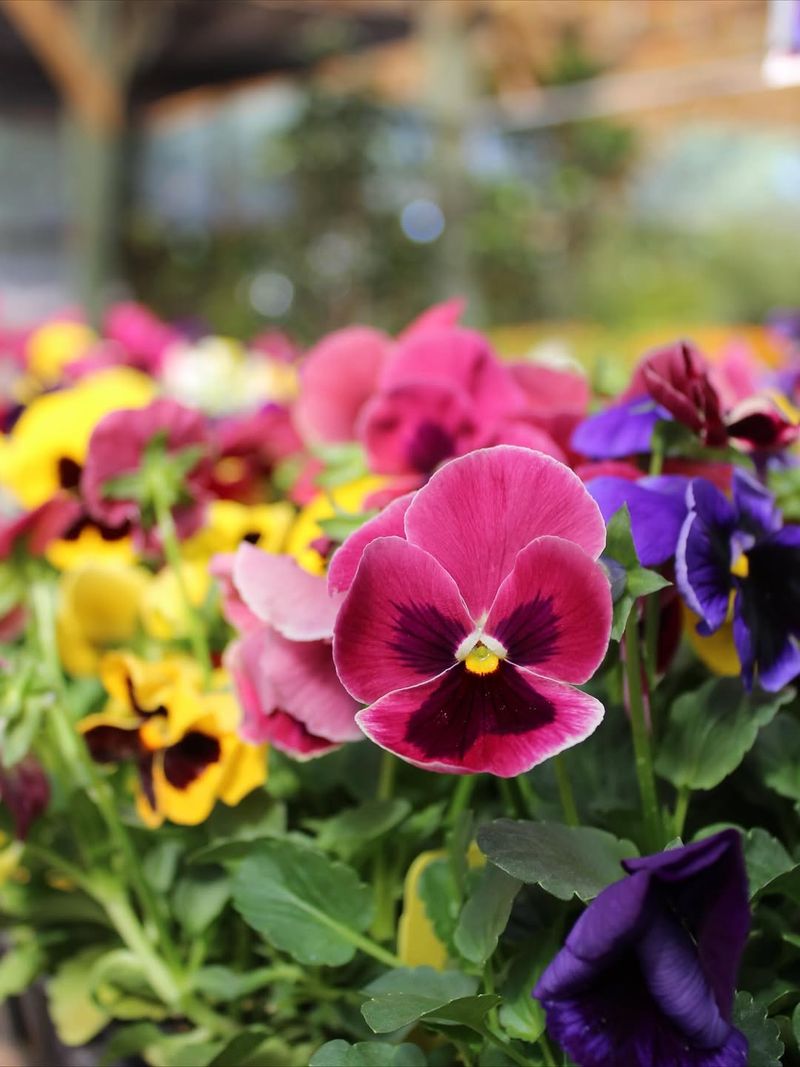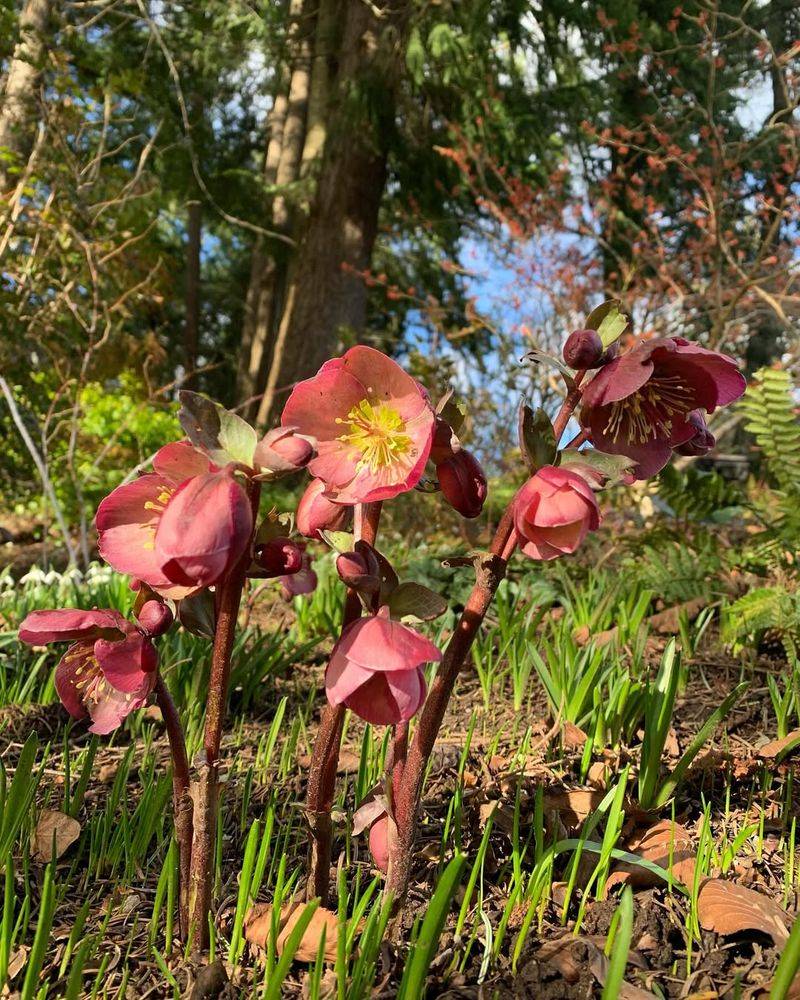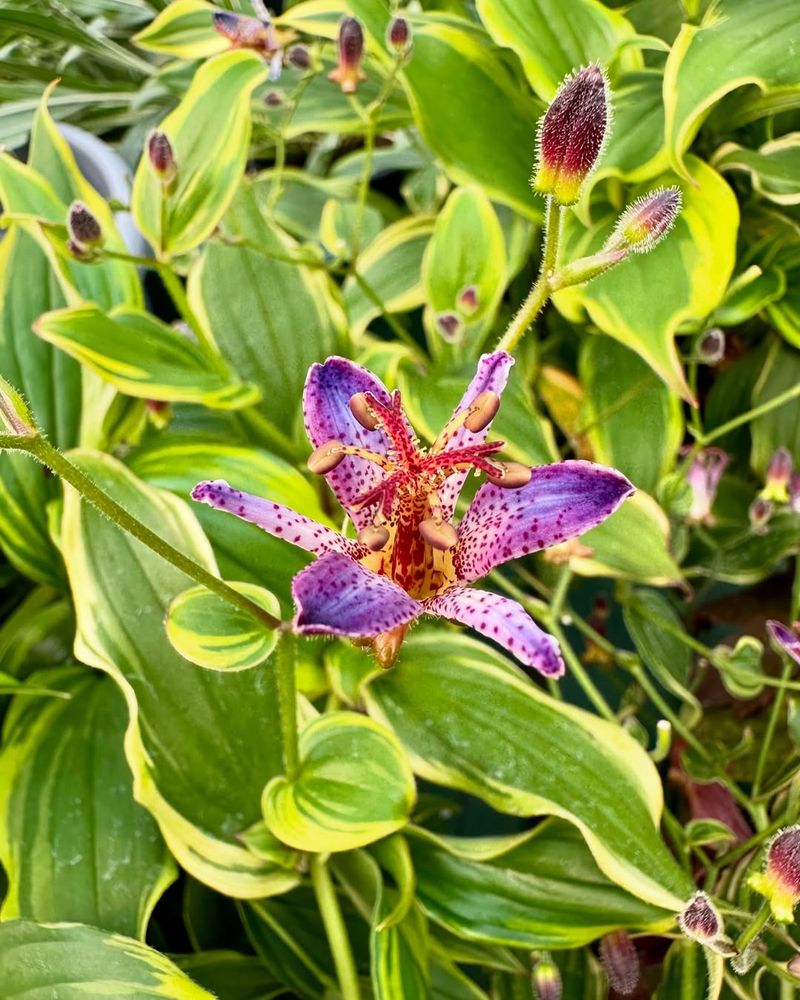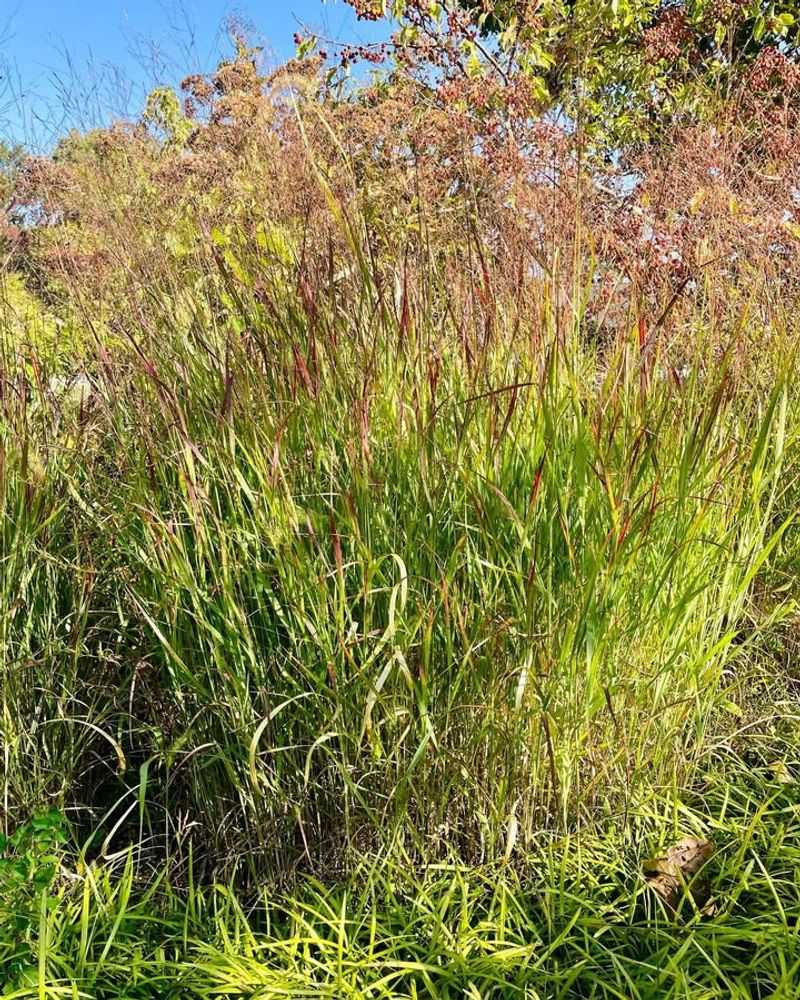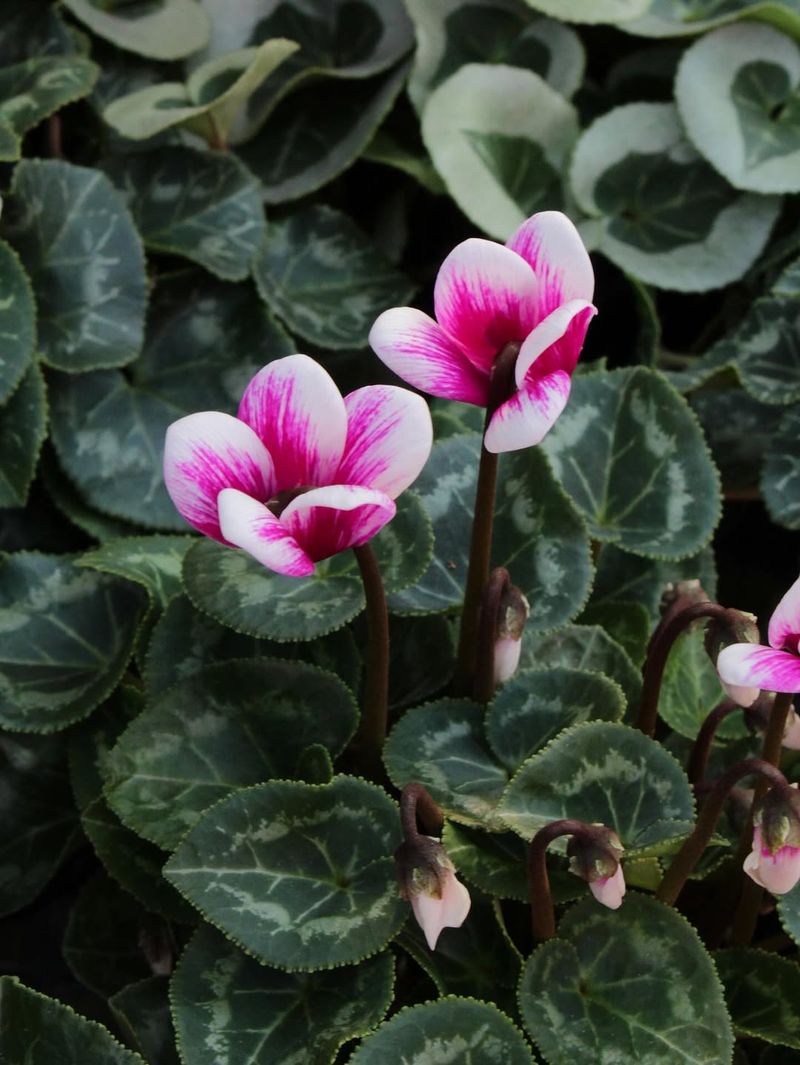Washington gardens don’t have to look dull when summer fades away. Fall brings cooler temperatures and shorter days, but that doesn’t mean your outdoor space can’t stay colorful and vibrant.
With the right plants, your garden can actually thrive during autumn, offering beautiful blooms, interesting textures, and fresh greenery that make your yard the envy of the neighborhood.
1. Ornamental Kale
Cabbage’s fancy cousin shows up just when other plants start looking tired. Ornamental kale grows best in cool weather, making it absolutely perfect for Washington’s autumn climate. The leaves develop stunning purple, pink, and white colors that actually get brighter as temperatures drop.
Plant them in containers near your front door or mix them into flower beds for instant visual interest. They can handle frost like champions and will keep your garden looking fresh well into November.
2. Japanese Anemone
While most flowers call it quits by September, Japanese anemones are just getting started. Their delicate blooms dance on tall stems, bringing movement and grace to your Washington garden beds. Colors range from pure white to deep pink, giving you plenty of options to match your style.
Plant them in partial shade where they’ll spread slowly over the years. Once established, they’re incredibly low-maintenance and will reward you with flowers from late summer through October.
3. Sedum Autumn Joy
Did you know this tough succulent actually gets better-looking as the season progresses? Autumn Joy starts with green flower buds in summer, then transforms into rich pink blooms that eventually turn bronze-red by late fall. Butterflies absolutely love visiting these nectar-rich flowers.
Drought-tolerant and deer-resistant, this plant practically takes care of itself. It works beautifully along Washington pathways or in rock gardens where you want color without constant watering.
4. Aster
Asters burst into action when summer flowers fade, covering themselves with daisy-like blooms in purple, pink, blue, and white. Bees and butterflies depend on these late-season bloomers for food before winter arrives. Washington’s climate suits them perfectly since they prefer cooler growing conditions.
Choose shorter varieties for borders or taller ones for the back of flower beds. Pinch them back in early summer to encourage bushier growth and even more flowers come autumn.
5. Heuchera
Forget flowers—heuchera steals the show with its incredible leaf colors. From deep burgundy to lime green, orange, and even silver, these plants light up shady spots where little else will grow. They’re native to North America, so they handle Washington weather without complaining.
Evergreen in mild winters, they provide year-round interest in your landscape. Pair different colored varieties together for a living tapestry that requires almost no maintenance beyond occasional watering.
6. Chrysanthemum
Nothing says fall quite like mums covering porches and filling Washington garden beds with cheerful color. Available in practically every autumn shade imaginable, chrysanthemums bloom for weeks when properly cared for. They’re incredibly versatile, working equally well in containers or planted directly in the ground.
Buy them when buds are just beginning to open for the longest show. Water regularly and deadhead spent blooms to keep new flowers coming throughout the season.
7. Pansies
With faces that seem to smile back at you, pansies brighten up even the gloomiest autumn days. They thrive in Washington’s cool fall temperatures and can handle light frosts without missing a beat. Plant them now and they’ll often survive winter to bloom again in spring.
Mix different colors together for a cheerful display or stick with a single shade for elegant simplicity. They work wonderfully in window boxes, hanging baskets, or as border plants along walkways.
8. Hellebore
Hellebores laugh in the face of winter, often blooming when snow still covers the ground. Plant them in fall and their evergreen foliage will provide structure to your Washington garden through the darkest months. The nodding flowers come in subtle shades of white, pink, purple, and green.
Perfect for shady spots under trees where grass struggles to grow. Once established, they’re virtually indestructible and will self-seed to create beautiful colonies over time.
9. Toad Lily
Looking like tiny orchids that decided to grow in your Washington garden, toad lilies offer something truly unique for autumn. Their spotted, exotic-looking flowers appear in September and October, creating conversation starters wherever they’re planted. Despite their delicate appearance, they’re surprisingly tough and cold-hardy.
Shade-loving and moisture-appreciating, they’re ideal for woodland gardens or alongside streams. The arching stems create graceful displays that soften hard landscape edges beautifully throughout fall.
10. Switchgrass
Ornamental grasses add movement and texture that flowers simply can’t match. Switchgrass turns stunning shades of gold, orange, and red as temperatures drop, while its airy seed heads catch the light beautifully. Native to North America, it’s perfectly adapted to Washington’s climate and requires minimal care.
Plant it as a dramatic backdrop for shorter plants or use it to create privacy screens that look gorgeous year-round. Birds love the seeds during winter months too.
11. Cyclamen
Hardy cyclamen seem almost magical, producing butterfly-like flowers above marbled leaves when most plants are shutting down for winter. They naturalize easily under trees and shrubs, spreading slowly to create carpets of color. Washington’s mild, moist winters suit them perfectly.
Plant the tubers in late summer for fall blooms that continue into winter. The heart-shaped leaves with silver patterns remain attractive even when flowers aren’t present, providing ground cover throughout the season.


